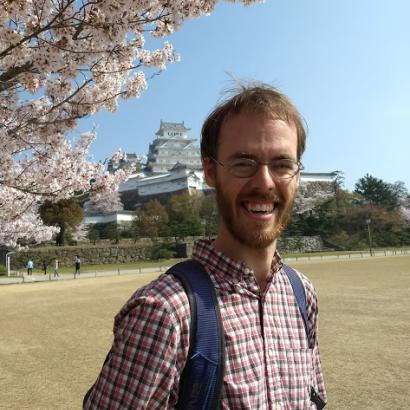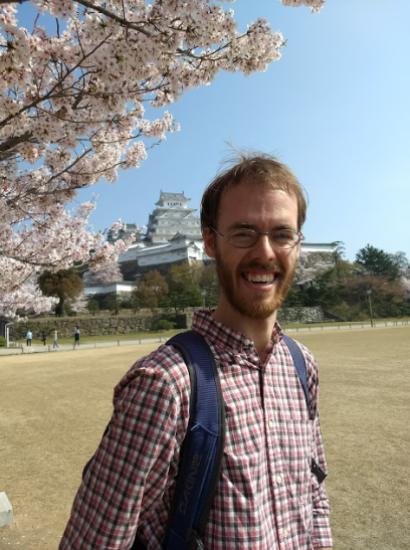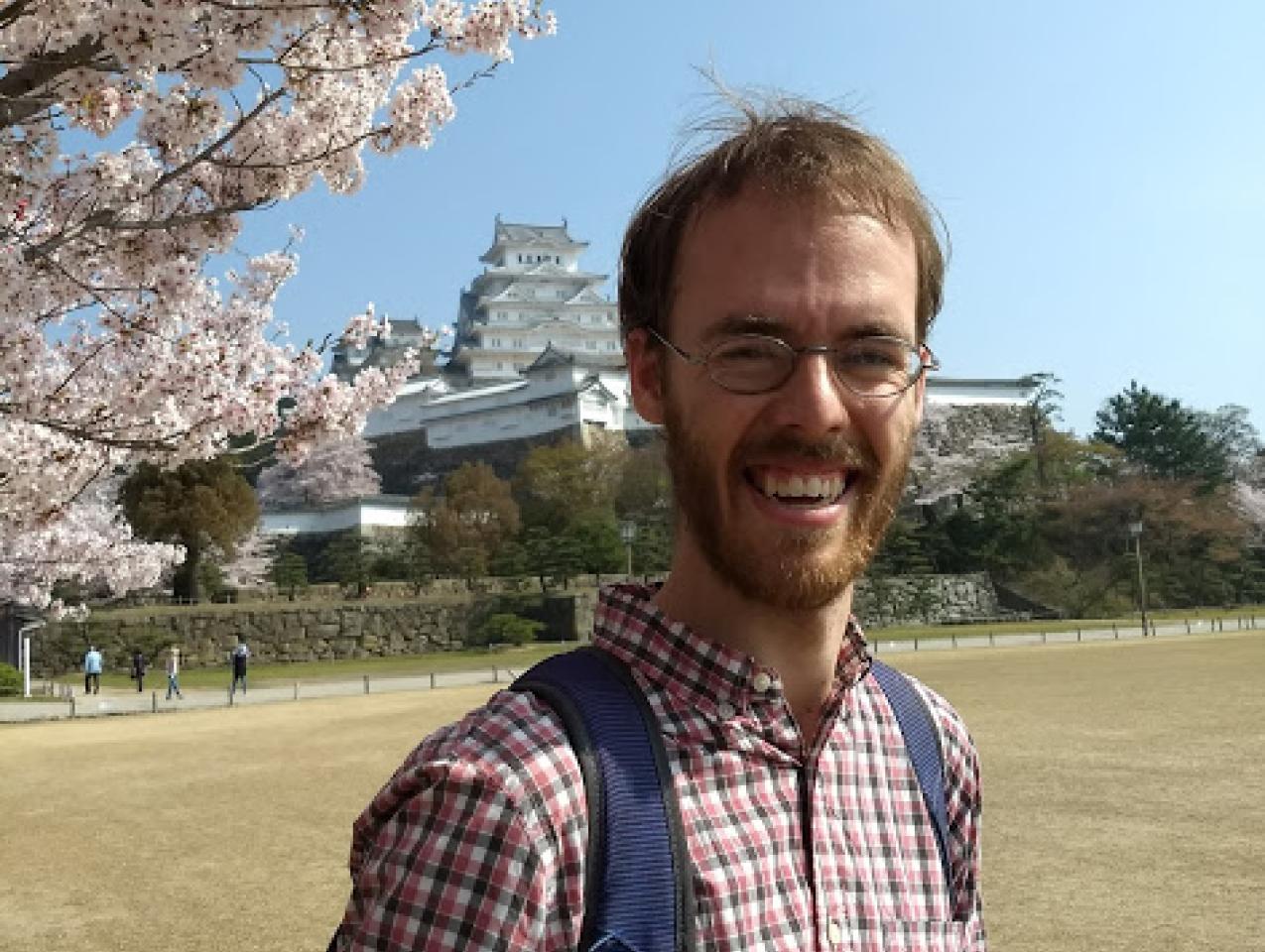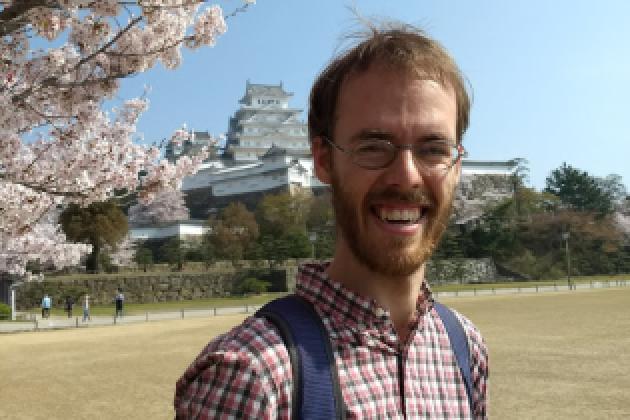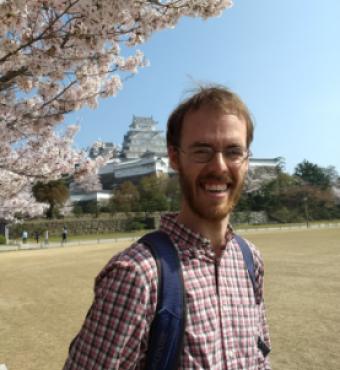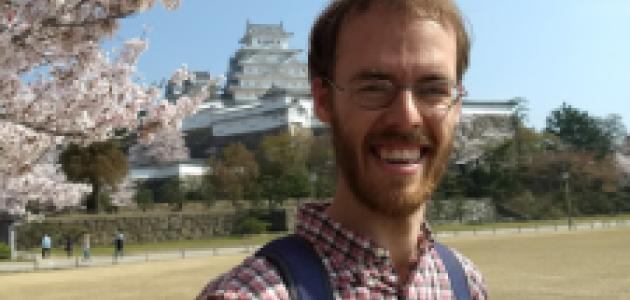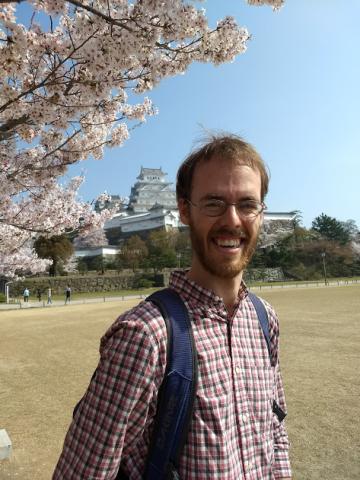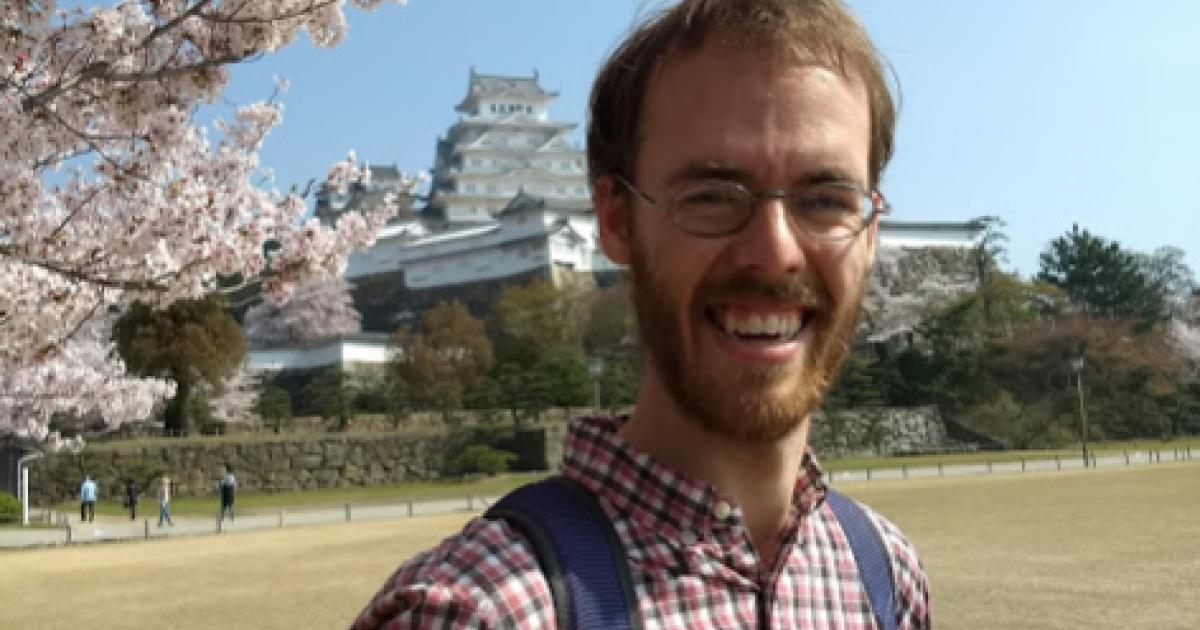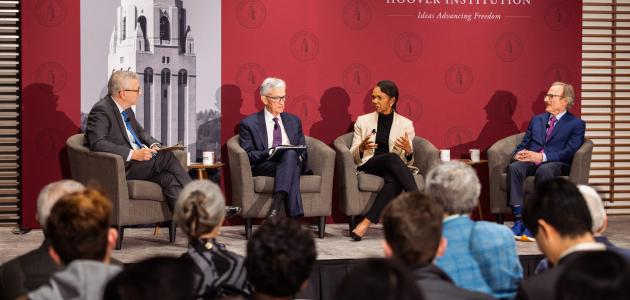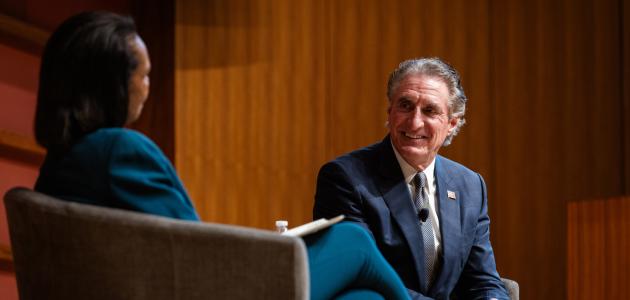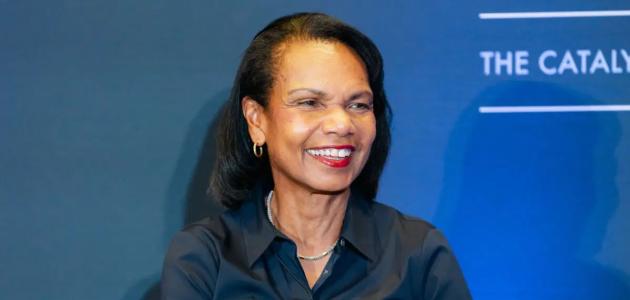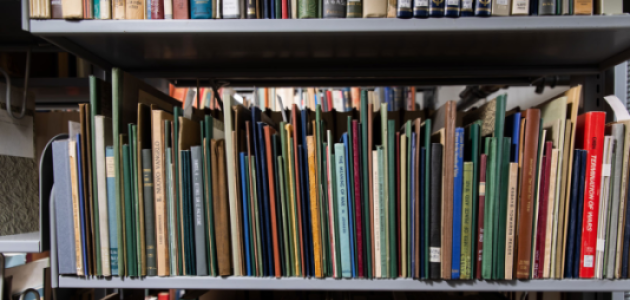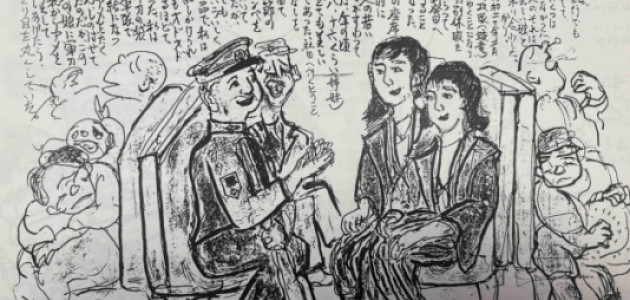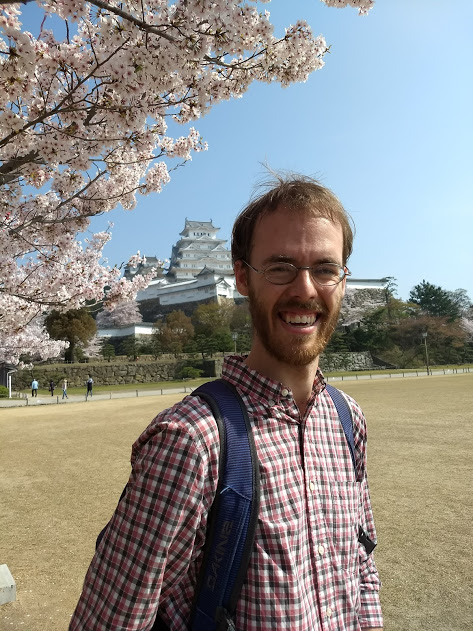
One of the most challenging tasks a historian faces is to recapture the "future-blindness" of historical actors. Major historical events like the outbreak of World War II or the fall of the Soviet Union seem inevitable in retrospect, but for people in the past the future was just as unknowable and murky as it is now.
I was reminded of this as I spent time in the Hoover Archives conducting research as a Silas Palmer Fellow. My dissertation examines the Yalu River boundary between Korea and Northeast China during a particularly tumultuous time in modern Asian history--the beginning of the First Sino-Japanese War in 1894 to the end of WWII in 1945. One of the most significant events covered in my dissertation is the Manchurian Incident of September 18, 1931, when imperial Japanese forces invaded Northeast China and later created the puppet-state of Manchukuo. In the hindsight-driven analysis of later historians, the Manchurian Incident was a critical stepping stone to the outbreak of total war between Japan and China a few years later in 1937. But while analyzing handwritten documents contained in Hoover Archive's Vladimir D. Pastuhov Papers collection, I was able to glimpse into a past where the certainty of such events seemed less clear.
Vladimir Pastuhov was a secretary for the Lytton Commission, a multinational team of dignitaries sent by the League of Nations to investigate Japan's occupation of Northeast China in the immediate aftermath of the Manchurian Incident. Among the reams of documents preserved from Pastuhov's time with the commission are handwritten petitions, in both English and Chinese, from writers throughout China calling for the commission to condemn Japan's aggression. At the same time, there were also letters addressed to the commission from Japanese settlers, bureaucrats, and others expounding the virtues of Japan's presence. It might have been easy for me to just read these letters, especially the Chinese petitions, as elaborate exercises in futility. After all, the Commission's eventual decision to denounce Japan's invasion of Manchuria did little to stem further Japanese invasion of China and the outbreak of World War II in Asia. But what these documents offered was a glimpse into a moment when the future of Northeast Asia seemed murky and open to any number of outcomes.
Throughout my research on the Yalu, it has been an important challenge to reconstruct this world of uncertainty about the future and try to see the past through the eyes of those who lived it one moment at a time. Manchurian guerrillas who crossed the Yalu River border to raid Japanese outposts, including later president of North Korea Kim Il-sung, were by no means certain that their nemesis would surrender by 1945. Neither was the imminent collapse of Japanese rule along the Yalu River clear to the colonial engineers who built the Sup'ung Dam, second-largest in the world at the time of its completion in 1944, in a drive to electrify Japan's wartime empire.
As the border between China and North Korea once again enters world headlines, this more faithful understanding of the region's past is critical for navigating our, as always, future-blind present. It was an honor to conduct research as a Silas Palmer Fellow with the help of Hsiao-ting Lin, Kay Ueda, Jean Cannon, Bronweyn Coleman, and other Hoover archivists and staff members, and I eagerly look forward to my next return trip.




